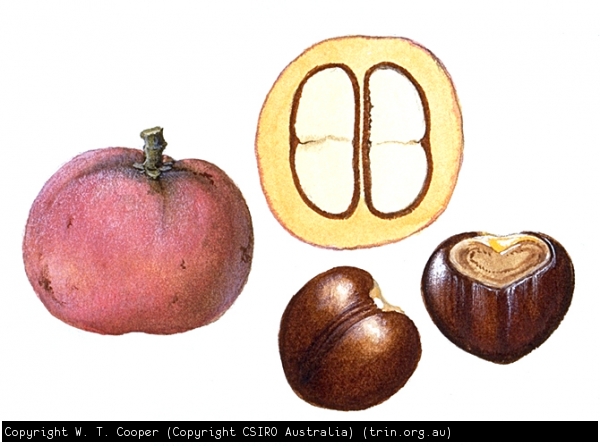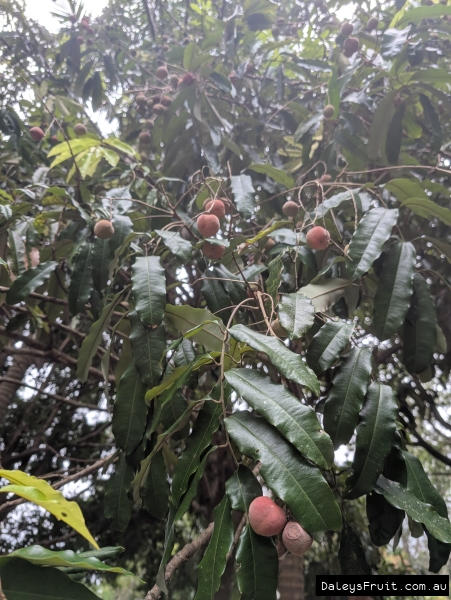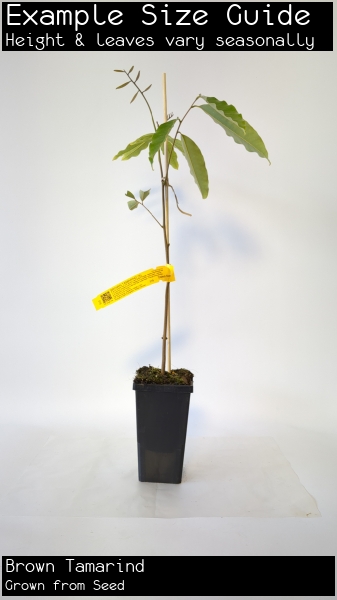Brown Tamarind
Castanospora alphandii$2.75 ($2.75-$9.90 choose a size)
Specifications of Brown Tamarind
Preferred Climate SubtropicalLearn About Climate Zones
Grown From SeedlingLearn About Propagation Methods
Max Height (when in the ground with good conditions) +10m
Plants required to Pollinate 1 (Self Pollinating)Learn about Pollination
Can it Handle Frosts? Sometimes
Amount of leaves in Winter? All Leaves (Evergreen)
Water Requirements Moderate Watering
Time to Fruit/Flower/Harvest 5+ Years
Sun or Shade Part (Sun:50-80%)
Preferred Soil Type Good Drainage
Soil pH Neutral (6.6-7.3pH)
Customers also bought
These plants are often purchased together. Also check plant information for suitability in your orchard.
Friday
Chinese Red Bayberry
$59.00 ($46.95-$129.00 choose a size)
Friday
Achacha
$27.00 ($27.00-$129.00 choose a size)
Friday
































